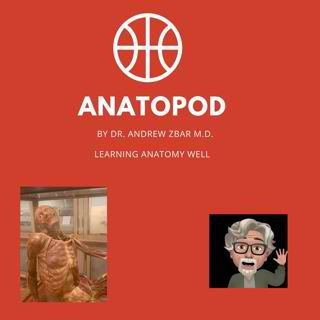
Dissection as Diorama: Frederik Ruysch and the Preservation of a Secret
Om avsnittet
In this podcast the embalming skills of Frederik Ruysch (1638-1731) are showcased. In an age where dissection was still an ephemeral event those like Ruysch and his contemporary rivals Jan von Swammerdam (1637-1680) and Louis de Bils (1624-1670) were highly prized. Ruysch went on to lead the Amsterdamer anatomy school and botany department for the next 65 years and was so renowned that when Sir Isaac Newton (1642-1727) died, Rusych took his place at the French Académie des Sciences. Ruysch was a great dissector but he became equally famous for his little morality play dioramas that were made from the detritus remains of stillborn babies. Each would intone the observer to revere God and to remember the pettiness of possessions and the fleeting nature of existence. His collection known as his Wunderkammer (Chamber of Wonders) might have rivalled nearby freak shows but was sold to Tsar Peter the Great (1672-1725) in its entirety with the Russian leader displaying the specimens in the Kunstkamera on Vasilyevsky Island in St. Petersburg where it can be found today.